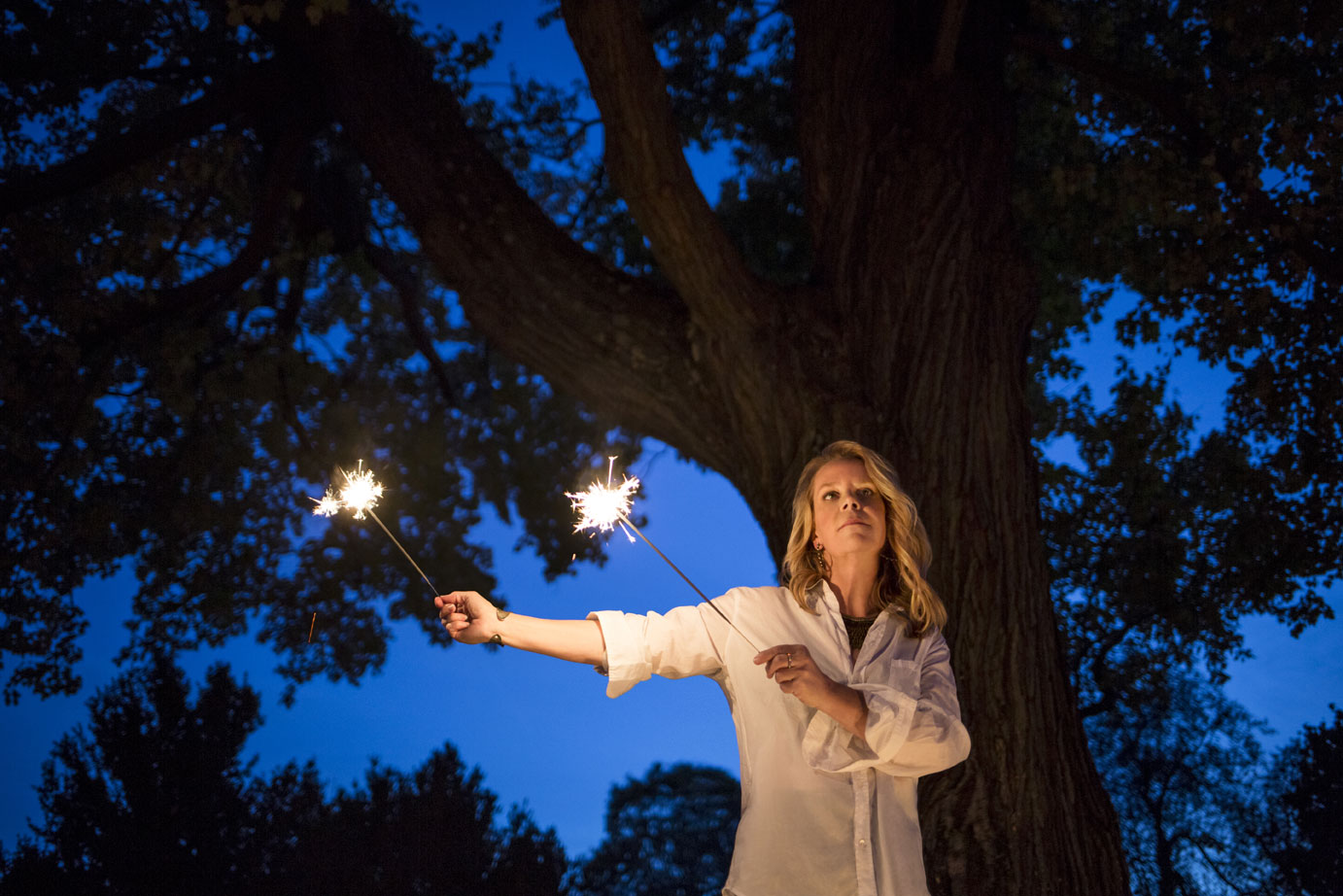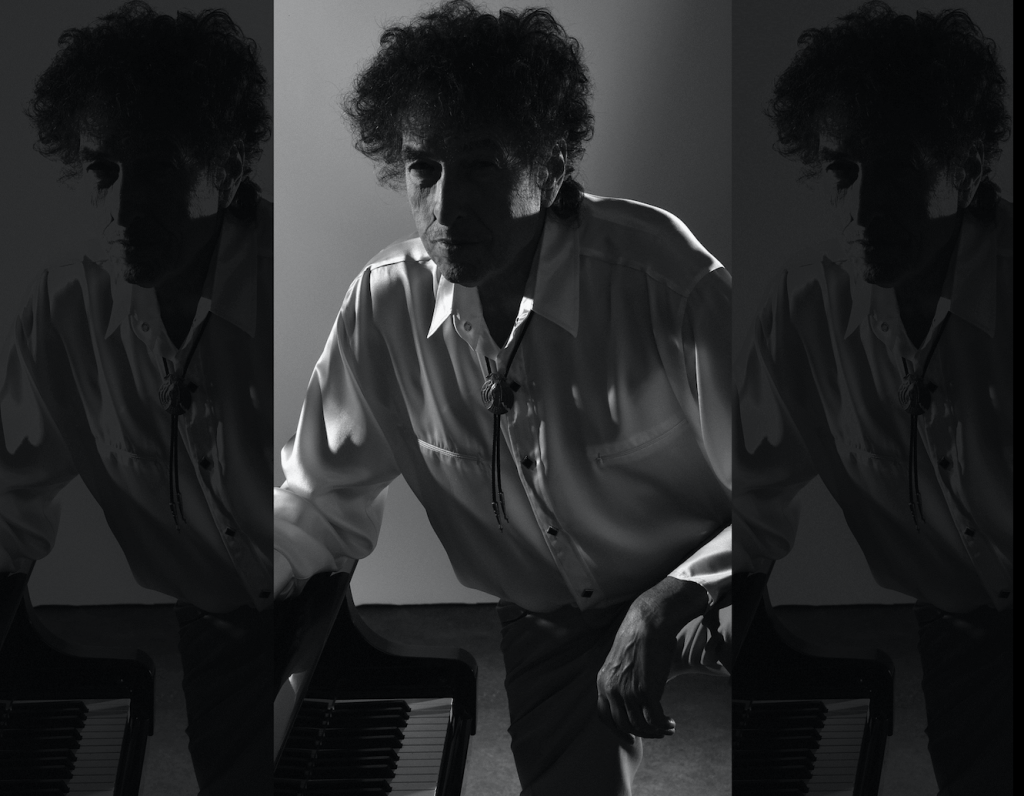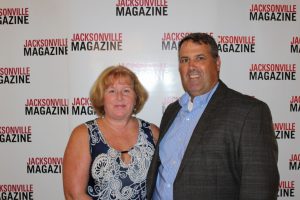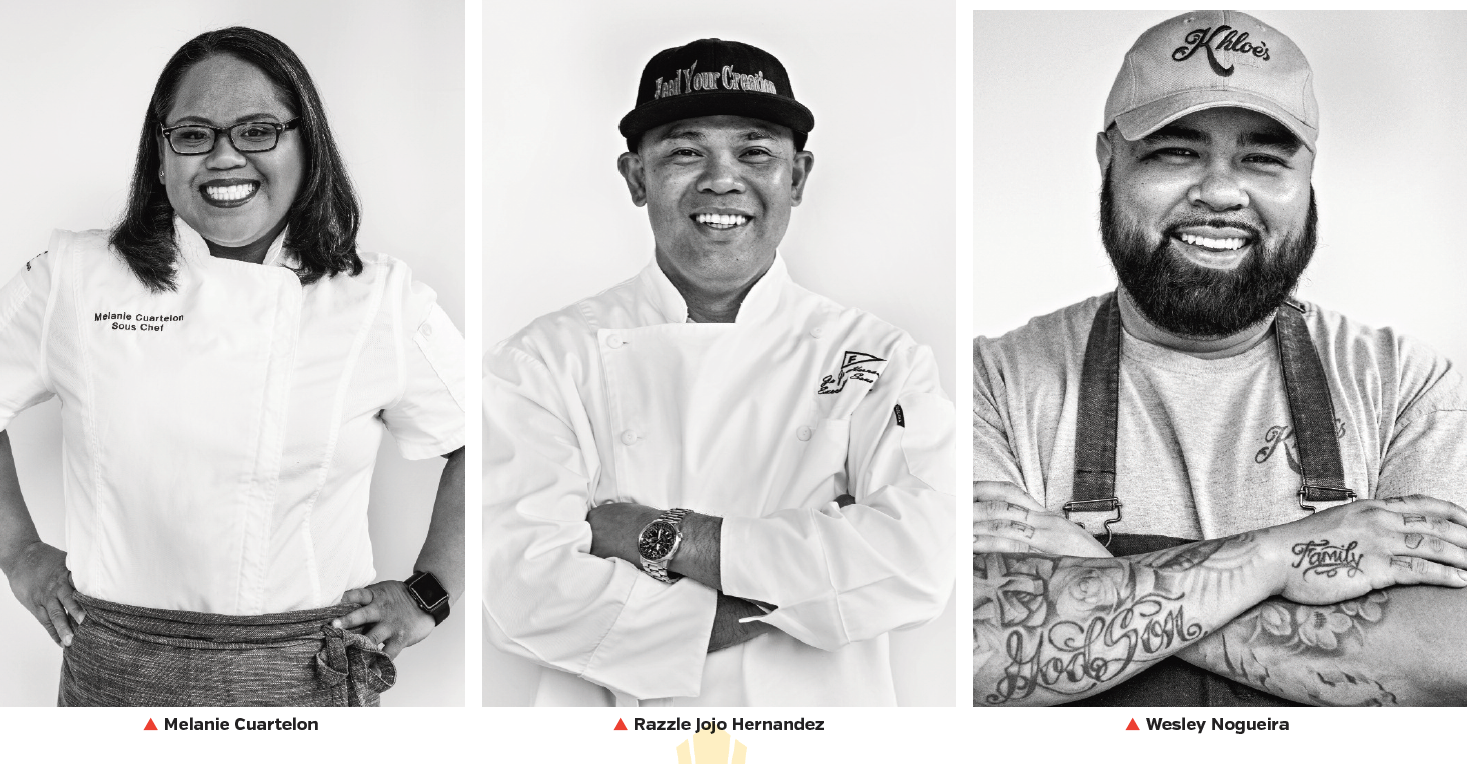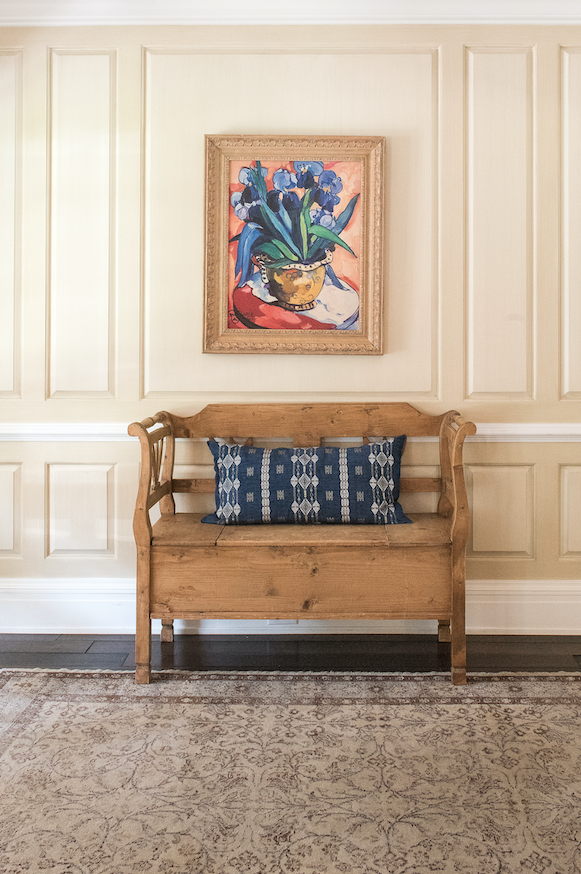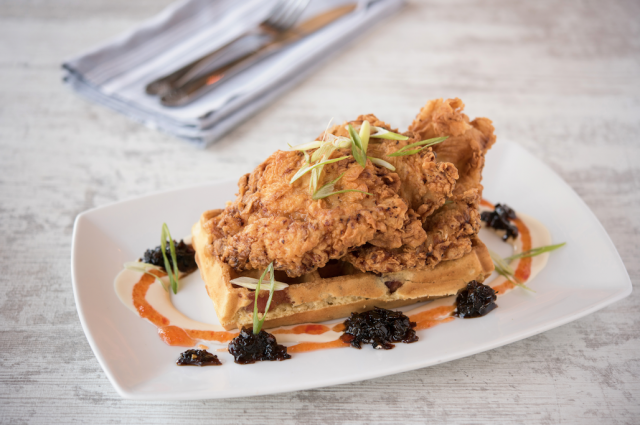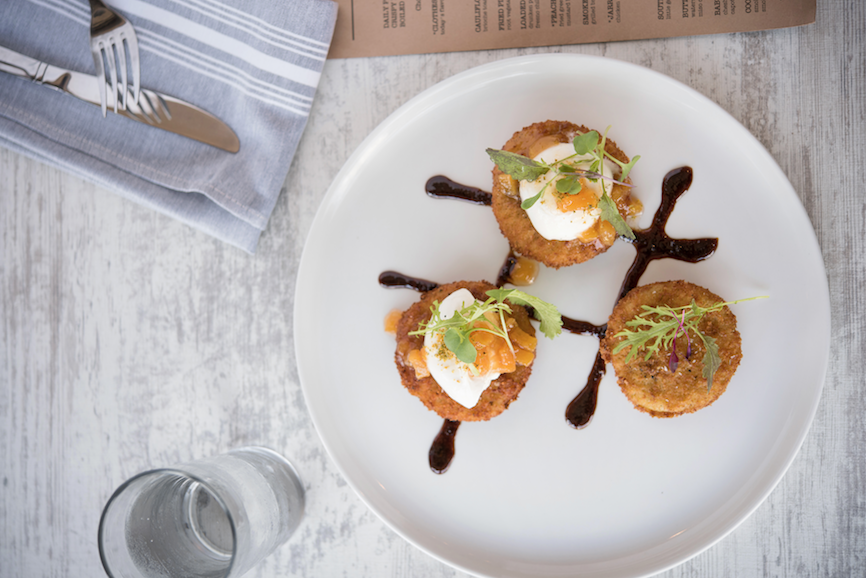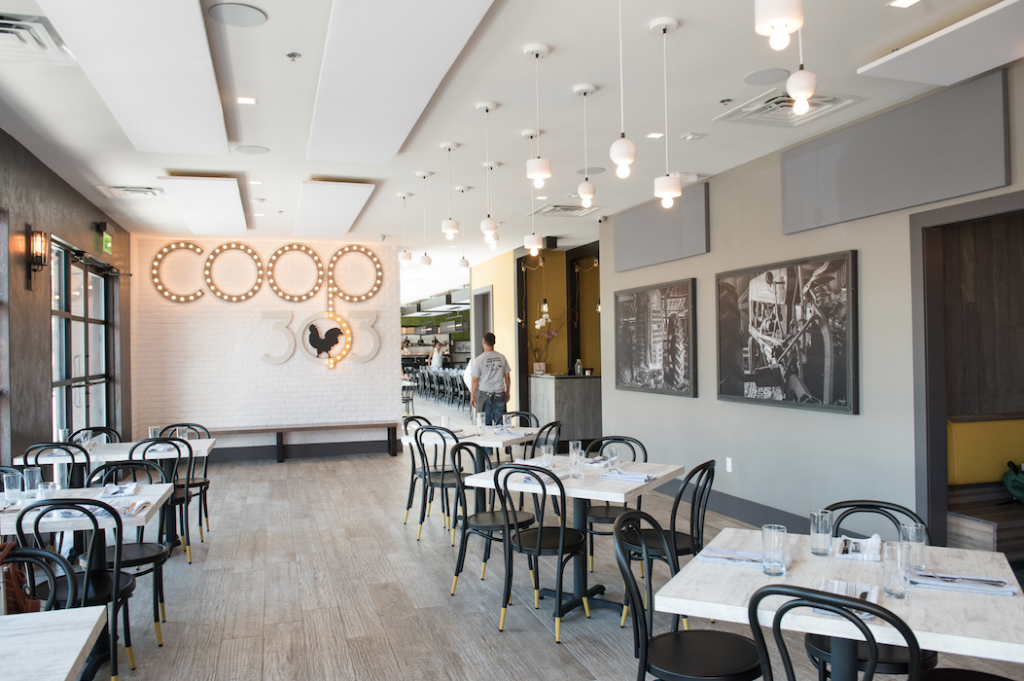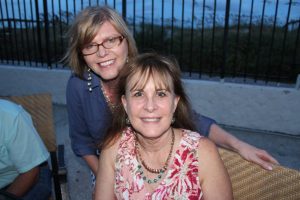
Some have called 2018 the Year of the Woman, thanks to the impact of movements like #MeToo and a record number of women running for elected office. Of course, being a woman still comes with plenty of challenges, many of which tennis star Serena Williams summed up just weeks after giving birth: “I’ve never been the right kind of woman. Oversized and overconfident. Too mean if I don’t smile. Too motivated for motherhood.” But, as Williams herself has proven, there’s really no wrong way to be a woman.
There are dozens of inspirational women and role models for the modern woman to admire, and not all are professional athletes, politicians, or activists. Some are local business owners, fitness coaches, doctors, and mothers—all of whom understand the struggle of balancing work, family life, and one’s own personal health. Our annual women’s issue focuses on exactly that, highlighting everything from breast health and fertility to injectables and fillers. We’ve also included a roundup of the best in athleisure wear, modeled by Jax women ranging in age from 24 to 74. Each offers a unique example of strength and femininity—and a powerful reminder that female empowerment is nothing new.
Fitness | Breast Cancer | Aesthetics | Fertility


Fhanta Williams
Age: 39
Occupation: Personal trainer at Cross Training San Marco, naturopathic nutritionist guide
“A good friend suggested I try cross training and I was hooked! It felt totally natural because I was raised in and around athletics. My dad was a martial arts specialist and used to make us go watch him practice on the beach. I ran track in school and have always been inspired by athletics. I planned a two-year exit from working in an operating room and have been doing it ever since.”
Varley sports bra and leggings from Pure Barre San Marco, Adidas shoes from APB

Alia Acala
Age: 35
Occupation: Membership consultant at You Fit Health Club, body-builder
“Working out helps me improve my self-esteem and empowers me as an individual. As a by-product, I get more energy, confidence, and the ability to hopefully live longer for my three kids—I have two daughters (ages 14 and 12), and a son (age 4).”
Beyond Yoga leggings and Varley sports bra from Pure Barre San Marco, Adidas shoes from APB

Savanna Venier
Age: 24
Occupation: Personal trainer at the Beaches
“My mom and Dad have been kickboxing since I was in the second grade, and my dad is a kickboxing instructor now. Once I was a teenager, they started asking me to try out a class and I always rolled my eyes—typical teenager syndrome. I eventually gave it a shot and fell in love instantly! It not only teaches you self defense, but kickboxing makes you feel like you could take on anything. You’ll leave the class feeling stronger than ever. Since then, I knew I wanted to work in the fitness industry and help others to feel as strong and capable as I finally did once I started exercising. I’ve never looked back.”
Alo Yoga sports bra and leggings from Pure Barre San Marco, Nike Air Jordans from APB

Gunnel Humphreys
Age: 74
Occupation: Owner of 5 Points boutique Edge City, avid cyclist
“I love riding through my neighborhood. I call it Tour de Gunnel. I ride through Riverside, Avondale, Ortega, Timuquana and back—about 80 miles per week and 25 on the weekends. I love how it makes me feel in my legs. It’s such a freeing experience.”
Canari top, Cannondale shorts and socks and Shimano shoes, with Bontrager gloves from Birdlegs on Beach Blvd.
• • •

When should I begin screening for breast cancer?
The U.S. Preventative Task Force recommends that average-risk women (i.e., those with no family history, no previous abnormal biopsies, or hormonal risk factors) begin screening mammograms at age 50. However, many medical professional societies advocate starting screening mammography at age 40-45 years, especially if there are risk factors.
As Dr. Laila Samiian, Breast Diseases, Surgery, Surgical Oncology at UF Health Jacksonville notes, screening mammograms reduce the risk of a woman dying from breast cancer by 20-30 percent. “That’s because women who are diagnosed at a very early stage are more likely to survive and be cured,” she says. “However, there is a chance that imaging can lead to benign biopsies, and therefore add to a woman’s anxiety, result in additional procedures, and increase cost of healthcare. At least 1,000 women have to undergo screening mammograms for one life to be saved.”
Mayo Clinic’s Center for Breast Health offers 3D mammograms and results within one business day. A 3D mammogram obtains approximately 300 images as compared to the standard, two-dimensional mammogram, which yields about four.
Advanced imaging technology including molecular breast imaging (MBI), a new breast imaging technique developed at Mayo Clinic that uses gamma cameras to find cancers missed by mammography in dense breasts. MBI finds twice as many breast cancers as mammography alone.
Can benign cysts become cancerous?
Most simple cysts are completely benign, “with no risk of becoming cancerous,” says Dr. Beth-Ann Lesnikoski, director of the Breast Program at Baptist MD Anderson Cancer Center. “Ultrasound is the best form of breast imaging to assess whether you have a simple or complex cyst. Simple cysts have clear fluid, a round or oval shape and very distinct margins on ultrasound.”
Complex cysts, however, have a more irregular shape and may have growths inside of them. “This type of cyst has a risk of being associated with cancer, typically low grade and not aggressive,” says Lesnikoski. “Complex cysts need more workup than mammography and ultrasound. If you are told you have a complex cyst, you should consider seeing a surgeon with breast expertise. Biopsy or short interval repeat ultrasound may also be recommended if the cyst is complicated.”
If a woman feels a new mass in her breast which doesn’t improve or resolve after one menstrual cycle, then a simple ultrasound can determine if the mass is cystic or solid and whether a biopsy is indicated, says Samiian.
Is there anything that might increase my risk, such as hormonal contraceptives or diet?
Among those risk factors we can control are maintaining a healthy weight; a healthy diet high in fruits and vegetables; exercising for at least 30 minutes, 3-4 times a week; avoiding alcohol; getting plenty of sleep; and not smoking. Breast feeding also reduces the risk for breast cancer. Risk factors we cannot control include a family history of breast, ovarian or other cancers; early age of first menstruation; late age of menopause; and a late age for giving birth (after age 30). Experts say that birth control pills, IUD or other hormonal contraceptives do not increase one’s risk for breast cancer.
Should I think about genetic testing?
“Only 5-10 percent of all women who get breast cancer have a genetic mutation that caused it,” says Samiian. “More than 90 percent of breast cancers are not caused by a genetic mutation that we can detect at this time.” There are certain criteria to determine who should undergo genetic testing for Hereditary Breast and Ovarian Cancer Syndrome, including any woman with breast cancer and family history of breast cancer in two or more family members or those with breast cancer in a male relative.
Samiian recommends that unaffected women with a family history of breast, ovarian, or other cancers undergo genetic counseling with a professional. There are also various computer models that can be used to estimate a person’s risk of developing breast cancer. “Your doctor or genetic counselor can determine which model is most appropriate for risk assessment depending on the patient’s risk factors,” says Samiian. “If a woman is estimated to have 20% or greater lifetime risk of developing breast cancer, she is eligible for high risk screening protocol with addition of breast MRI once a year to her annual screening mammography.” ♦
• • •
Face Forward
A new range of aesthetic services and injectables makes it possible to get a fresh look, without going under the knife

Forehead & Eyes
Botox remains the gold standard in safely and effectively treating forehead lines. “Botox helps smooth and improve moderate to severe lines and lasts for up to four months,” says Dr. Konika Schallen, of CMA Medicine, adding that her practice charges $12 a unit. “Everyone is different and requires a different amount, depending on what area she wants to treat.” Tiffany Upshaw, an aesthetician at Coastal Cosmetic Center, recommends Ultherapy. “Ultherapy uses ultrasound energy to warm up the skin and muscles, inducing deep collagen renewal and production that continues to build up to a year, and is very similar to a non- surgical facelift,” she says.
Lips
Upshaw says dermal lip fillers “provide little to no downtime and last around four to 12 months.” There are several types, but most contain ingredients similar to hyaluronic acid—a natural substance already found in the body which helps increase volume.
Jawline
A new device called Profound can tone a lax jawline, volumize marionette lines (the smile lines around the mouth) and add structure to the neck. “When completed over the lower face and entire neck, it enhances jawline definition and smoothes out difficult lip lines and neck wrinkling,” says Dr. Vaishali Doolabh of Contemporary Plastic Surgery .
Neck
Dr. Doolabh notes that injections of Kybella (a bile component known as deoxycholic acid) dissolve fat in the neck through a process similar to digestion. “Injections into the fat layers underneath the skin successfully dissolve surrounding fat cells,” says Dolabh. “The loss of fat volume permits skin with good elasticity to rebound and reshape under the chin. This yields a less rounded profile with more jawline definition.
• • •
♦

Egg cryopreservation, the freezing of a women’s eggs, dates back to the mid-’90s. In 2012 the American Society for Reproductive Medicine declared the procedure no longer experimental, meaning it had produced enough positive results that its efficacy could be confirmed. In 2014 egg freezing made its way into the mainstream when Silicon Valley giants made headlines by including it in healthcare plans. Yet, it’s still not something a lot of women are talking about—at least not those in their early 20s. As it turns out that’s when one should start considering it.
“In the past, it was primarily patients who had cancer and were going through chemotherapy or other sterilizing procedures that sought out egg freezing, but it has expanded into other situations where fertility needs to be postponed,” says Dr. Michael D. Fox of Jacksonville Center for Reproductive Medicine.
Many women are now opting to have children later in life to focus on their careers or to wait for the right partner to take on the challenge with. And if the stars haven’t aligned yet, many women are choosing to freeze their eggs before they start to decline.
“We know women are born with a certain number of eggs, and they never make any more during their life, and these eggs accumulate genetic errors as a function of time. That’s why it gets harder to get pregnant—your eggs get older and more of them have genetic anomalies. That’s why you see things like down syndrome and miscarriage rates increasing with maternal age,” says Dr. Kevin Winslow of the Florida Institute of Reproductive Medicine. “Some women have more eggs than others. There’s a blood test we do called Anti Malarian Hormone, or AMH, and that’s our best measure of ovarian reserve—i.e. what’s left in a woman’s ovaries.”
While it’s well known that eggs start to decline in women over 35, those with a low egg count might run out before they get much of a chance to age.
“If you have a mom who went through menopause at an early age, 34, 35, or 36, it’s a good idea to check an AMH, even in your early 20s. I see a number of women that go through menopause in their late teens, early 20s,” says Winslow.
The bottom line? Those in their late 30s who know the time isn’t now, and those in their early 20s who don’t think the time will come soon should both check and see how their eggs are doing and consider freezing them for future use. Because with today’s technologies women can have it all—a loving partner, a successful career, and a growing family. Now if only doctors could figure out how to scientifically perfect the partner or program us to streamline the path to the top of a career. ♦

 Kid’s Workshop: Let’s Make Pickles! October 14
Kid’s Workshop: Let’s Make Pickles! October 14




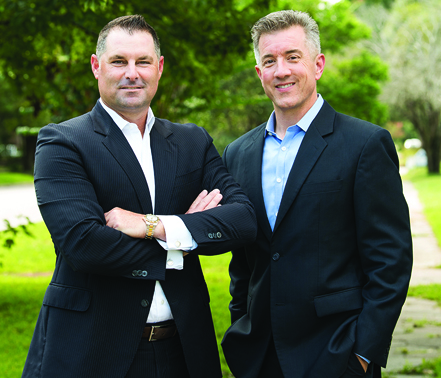 Derek DeLoreto, CFP®
Derek DeLoreto, CFP®









 Murray Hill’s
Murray Hill’s  The Hyppo in St. Augustine is converting back to its coffee shop roots. Beyond the expected popsicles and coffee drinks
The Hyppo in St. Augustine is converting back to its coffee shop roots. Beyond the expected popsicles and coffee drinks 


 It’s safe to say by now many Jaxons have gotten lost within the depths of IKEA, throwing items into the cart, making some decisions on a whim and others after lengthy deliberations. To help navigate the overwhelming inventory (we can’t help you navigate through the actual maze of a store) here are a few of the top selling items at the Jacksonville location.
It’s safe to say by now many Jaxons have gotten lost within the depths of IKEA, throwing items into the cart, making some decisions on a whim and others after lengthy deliberations. To help navigate the overwhelming inventory (we can’t help you navigate through the actual maze of a store) here are a few of the top selling items at the Jacksonville location.

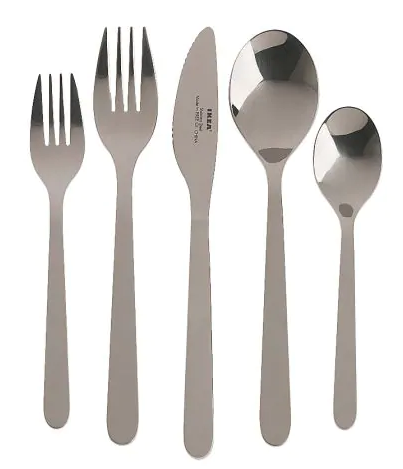





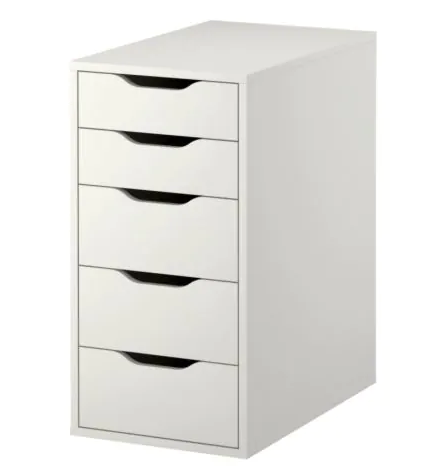


 The Tony-winning play based on the Newsboys Strike of 1899, tells the story of a group of young boys who make a living selling papers on the street (kids, ask your parents). After newspaper prices are hiked, a young, independent newsboy named Jack leads a group to fight powerful publisher Joseph Pulitzer. The Island Theater, Fleming Island.
The Tony-winning play based on the Newsboys Strike of 1899, tells the story of a group of young boys who make a living selling papers on the street (kids, ask your parents). After newspaper prices are hiked, a young, independent newsboy named Jack leads a group to fight powerful publisher Joseph Pulitzer. The Island Theater, Fleming Island. 

